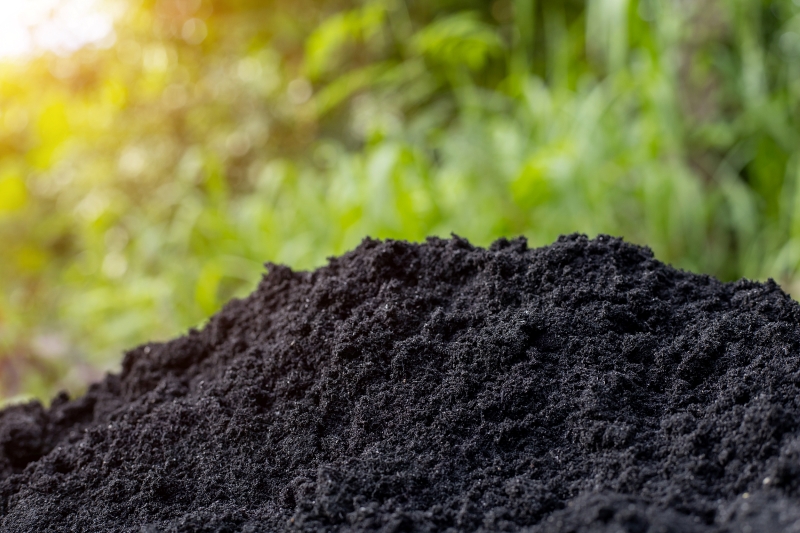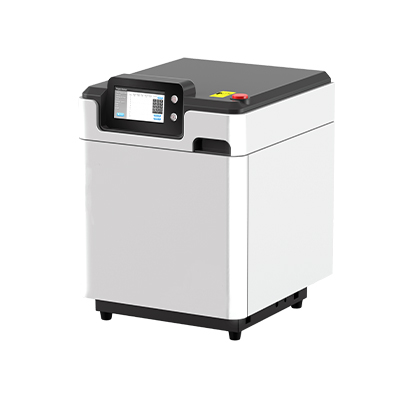The main raw materials of organic fertilizer are livestock and poultry manure, animal and plant residues, sludge, municipal garbage and industrial organic waste, etc., but the heavy metal content of organic fertilizer with sludge, municipal waste and industrial organic waste as raw materials is always very high, so it is particularly important to monitor the heavy metal content in organic fertilizer, so as to monitor product safety quality and rational use of organic fertilizer.

Now the methods for detecting heavy metals in organic fertilizers mostly use the traditional open heating blocks to treat samples which requires big volume of solution, longer digestion time and complicated digestion procedure. This method also requires experienced operator and easy to lead to the loss of volatile elements and the interference of the determination of trace heavy metal elements.

Microwave digestion technology can be used to determine the content of heavy metals such as mercury, arsenic, cadmium, lead, chromium and other heavy metals in various organic fertilizers and organic-inorganic compound fertilizers. The results are stable and reliable which can meet the requirements of heavy metal determination in fertilizers, and are of great significance for rapid, accurate and efficient determination of various metal content in organic fertilizers and fertilizer quality monitoring.
Sample name: Organic fertilizer
Reagent: Nitrate AR; AR hydrochloride; Hydrogen peroxide AR
Instrument configuration: WMD800 Intelligent Microwave Digestion System
Number of samples: 12
Procedure:
1. Weight 0.2g sample and carefully add into inner vessel.
2. Add 6ml of nitric acid and 2ml of hydrochloric acid respectively, and gently shake the vessel to mix the sample and acid reagent.
3. Put the inner vessel with lid open in fume hood or pre-digestion in heating blocks for a certain time (until no yellow-brown gas ).
4. After the pre-digestion is completed, add 2ml of concentrated nitric acid. Wait until the temperature of the digestion solution comes down to room temperature, then add 2ml of hydrogen peroxide, then shake and mix. Seal the vessel and then load into microwave digestion system for digestion.
5. Note: Do not add hydrogen peroxide before the pre-digestion is completed and before the temperature comes down to room temperature, otherwise the sample might have the possiblity to pour.
6. Digestion Procedures:
| Pressure | 5 | 15 | 35 |
| Temperature | 80 | 150 | 180 |
| power | 800 | 1000 | 1000 |
| Heating up time | 240 | 300 | 300 |
| Holding time | 60 | 120 | 900 |
7. After digestion and cooling down, transfer the digestion vessels to fume hood and wait for 10 minutes.
8. Unscrew the digestion vessels and release the pressure, take out the inner vessel and put it into heating blocks to dry the solution.
9. Transfer the solution to volumetric flask , rinse inner vessel walls and caps.
10. Add solution to graduations when the solution cools down to room temperature, waiting for analysis.
Above is our experiment sharing, and we suggest WMD800 new model which has more functions , safety, intelligence and perfection.

Follow official account